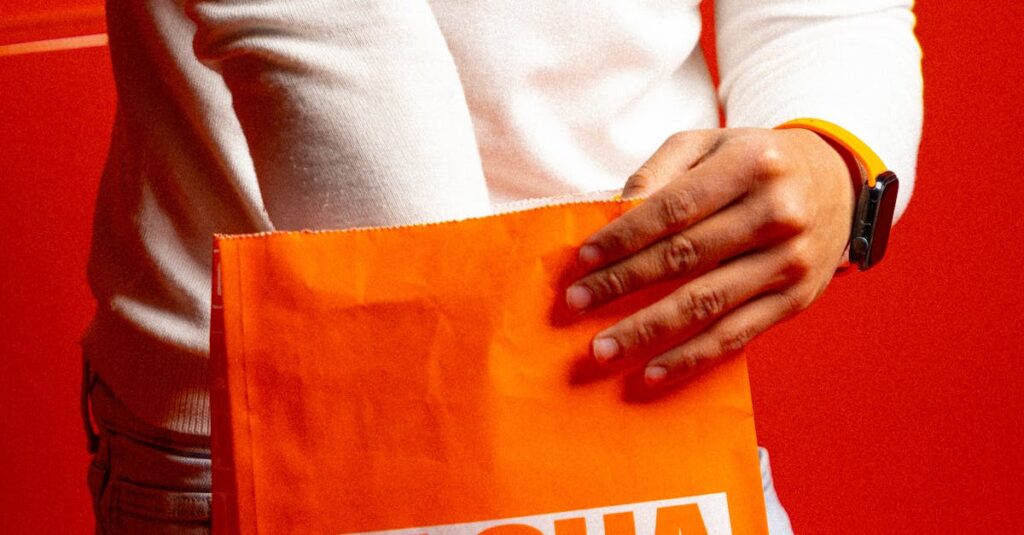“`html
The Science Behind Effective Logo Design
Understanding Logo Design: Beyond Just A Pretty Face
Defining Logo Design: More Than Meets the Eye
Logo design intersects art and strategy, forming a pivotal part of a brand’s identity. While it’s often perceived as merely an aesthetic element, a logo is a visual gateway into the brand’s universe. It serves as the first impression and embodies the essence of the organization.
The Role of Logo Design in Branding
A logo’s role within branding is indispensable. It acts as the visual identity of the company, subtly communicating its core values and mission. A well-designed logo builds recognition and fosters trust among consumers.
Psychological Impact of Logos on Consumers
Logos hold inherent power in their ability to evoke emotional connections. Consumers often form subconscious bonds through symbolic references and shapes, which can influence purchasing decisions and brand loyalty.
Key Design Principles That Drive Effective Logos
Simplicity: The Beauty of Minimalism
Simplicity is a cornerstone of effective logo design. By eschewing unnecessary complexity, minimalist designs ensure clarity and immediate recognition—a crucial aspect in a crowded marketplace.
Versatility: Ensuring Adaptability Across Mediums
Versatile logos maintain their integrity across various platforms and sizes. With adaptability becoming crucial in today’s digital landscape, a logo must remain impactful whether viewed on a business card or a billboard.
Memorable Design: The Power of Distinctiveness
A memorable logo stands out, latching onto the consumer’s memory. Distinctive designs leverage unique elements that resonate, ensuring the brand is not easily forgotten.
Color’s Impact: The Psychology of Color in Logo Design
Choosing the Right Color Palette
The choice of color in logo design is strategic, as colors convey emotions and messages. Selecting a palette that aligns with the brand’s persona is essential for effective communication.
The Emotional Responses to Colors
Colors elicit strong psychological responses; blue conveys trust, red signifies energy, and green suggests growth. Understanding this color psychology can significantly enhance brand messaging.
Case Studies: Brands That Got it Right with Color
Iconic brands such as Coca-Cola and McDonald’s exemplify the power of color in logo design. Their color choices have become synonymous with their identity, achieving a lasting cultural impact.
Typography: The Silent Communicator in Logo Design
The Importance of Font Choice in Branding
A font serves as more than just text—it’s a silent communicator of brand ethos. The choice of typography should not only support but also enhance the overall branding narrative.
Different Font Styles and Their Impacts
Font styles, from serif to sans-serif, each carry distinct connotations. Serif fonts might convey tradition, while sans-serif fonts offer a modern and clean appearance.
Balancing Readability with Creative Flair
A successful logo finds equilibrium between readability and creativity. While imaginative typography can offer distinction, it mustn’t obfuscate the message or alienate the audience.
Testing and Feedback: The Science of Refining Logo Designs
Methods for Testing Logo Effectiveness
Testing a logo involves reviewing its performance across various dimensions—audience perception, versatility, and clarity. Tools like UserTesting can offer invaluable insights into the logo’s efficacy.
Incorporating Consumer Feedback
Consumer feedback is indispensable when honing a logo. It provides real-world insights that designers can leverage to refine and align the logo with consumer expectations.
Iterating Designs: When to Stick to Your Vision vs. When to Adapt
Design iteration is a balancing act. While sticking to the core vision is vital, flexibility is equally important to adapt to market feedback and evolving brand narratives.
Logo Evolution: Trends and the Future of Logo Design
Analyzing Trends: What’s in and What’s Out
The world of logo design is constantly evolving. Current trends lean towards minimalism and bespoke typography, moving away from overly complex and intricately detailed designs.
The Shift Towards Adaptive and Dynamic Logos
Adaptive logos offer the flexibility of dynamic design, allowing brands to engage audiences across multiple digital interfaces seamlessly.
Predictions for the Future of Logo Design in Branding
The future points towards logos becoming even more integral to brand storytelling. Expect to see advancements in technology-driven design practices, elevating logos to a new interactive dimension.
“`

